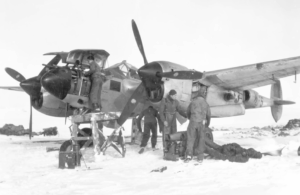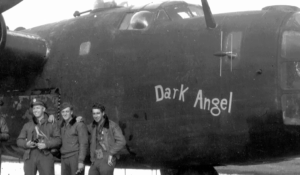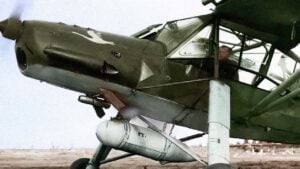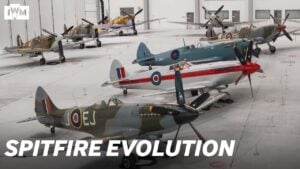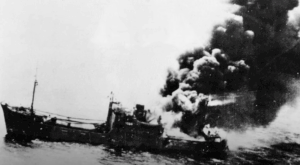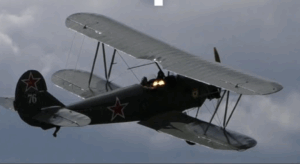How the B-25 Went from Vulnerable Bomber to One of the Best Predators in the Pacific Theater
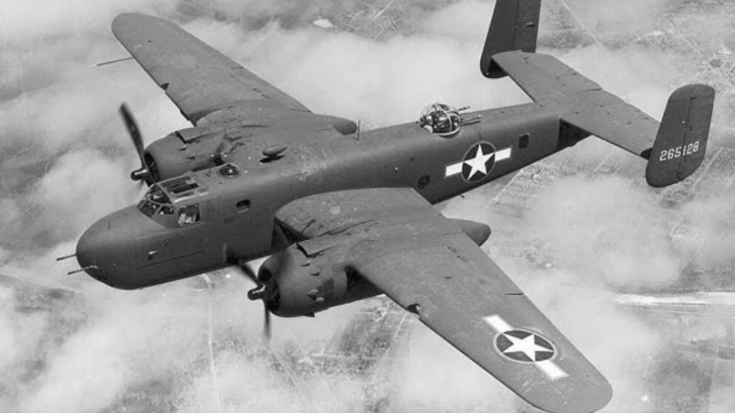
Walter’s War History Archive / YouTube
Early Struggles in the Pacific
In the first months of 1942, American bomber crews in the Pacific faced a harsh test. The North American B-25 Mitchell, a new medium bomber, entered combat with little time for training. Crews found themselves flying directly into dangerous skies filled with flak and enemy fighters. Standard bombing runs at altitudes of 10,000 to 12,000 feet placed the aircraft squarely in the effective range of both ground fire and Japanese Zero interceptors.
The situation was made worse by the limited range of escort fighters like the P-40 and P-39. These planes could not follow the B-25s deep into enemy territory. As a result, bombers were often intercepted and badly damaged long before they reached their targets. Entire formations were forced to release bombs early or retreat, with losses sometimes exceeding a third of the attacking force in a single mission.

The Search for Survival
Bomber crews began to adapt on their own. Instead of sticking to high altitudes, many pilots dropped lower to the ground to evade heavy flak and improve accuracy. Flying at tree-top height was never part of official doctrine, but it gave crews a fighting chance. However, it also brought them into range of small arms and light anti-aircraft fire. Losses remained high, and it was clear that something needed to change.
When General George Kenny took command of the Fifth Air Force in August 1942, he quickly realized that sticking to tradition would only lead to further disaster. One officer under his command, Major Paul “Pappy” Gunn, suggested an unusual solution. Instead of relying only on bombs, why not convert the B-25 into a heavily armed gunship?
Birth of the Gunship Bomber
Gunn’s plan called for removing the bombardier’s glass nose and replacing it with a solid metal front packed with heavy machine guns. His experimental designs carried up to eight forward-firing .50 caliber Browning M2s, supported by more guns mounted on the sides, top, and tail. This transformed the bomber from a vulnerable target into an attacker that could shoot its way through defenses.
Many senior officers doubted the idea, arguing that bombers should not be used like fighters. But Kenny approved the modification, and mechanics in New Guinea set to work. Without factory equipment, they cut and hammered aluminum by hand, shaping new noses in rough jungle workshops. Every test flight was risky, but the results showed the concept worked.
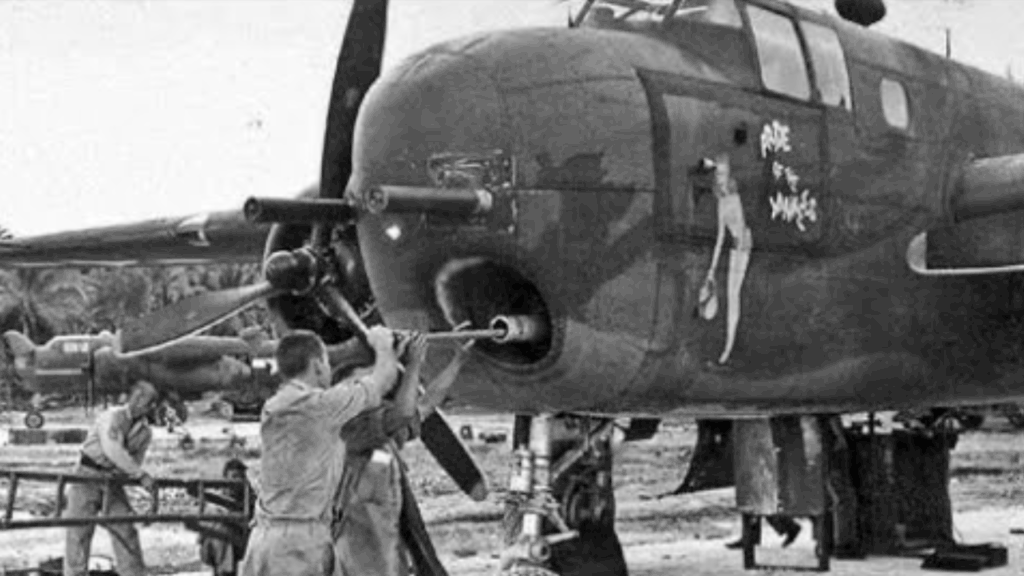
Combat Over the Bismarck Sea
In March 1943, the first of these modified B-25s faced a major challenge. A Japanese convoy of eight transports and four destroyers, carrying nearly 7,000 troops, attempted to reinforce New Guinea. The American response included the new “strafer” B-25s.
Flying as low as 200 feet above the waves, the aircraft unleashed streams of machine gun fire to suppress ship defenses. They followed this with “skip bombing,” releasing bombs so low that they bounced across the water before striking hulls. The convoy was devastated, with most transports destroyed and survivors left to be rescued by the few remaining escorts. The battle proved that the B-25 gunship had changed the balance at sea level.
Factory Production and New Models
Washington soon took notice. The success in New Guinea pushed North American Aviation to redesign the bomber for mass production. By late 1943, the B-25G entered service with a solid nose and a powerful 75mm cannon mounted alongside machine guns. The cannon could damage ships and bunkers, but its slow firing rate and heavy recoil limited its usefulness.
A lighter version followed in 1944: the B-25H. This model carried more forward-firing machine guns—up to eight in the nose alone—plus additional mounts on the sides and tail. Later models expanded the number further, with some field modifications pushing the total to 18 guns firing ahead.
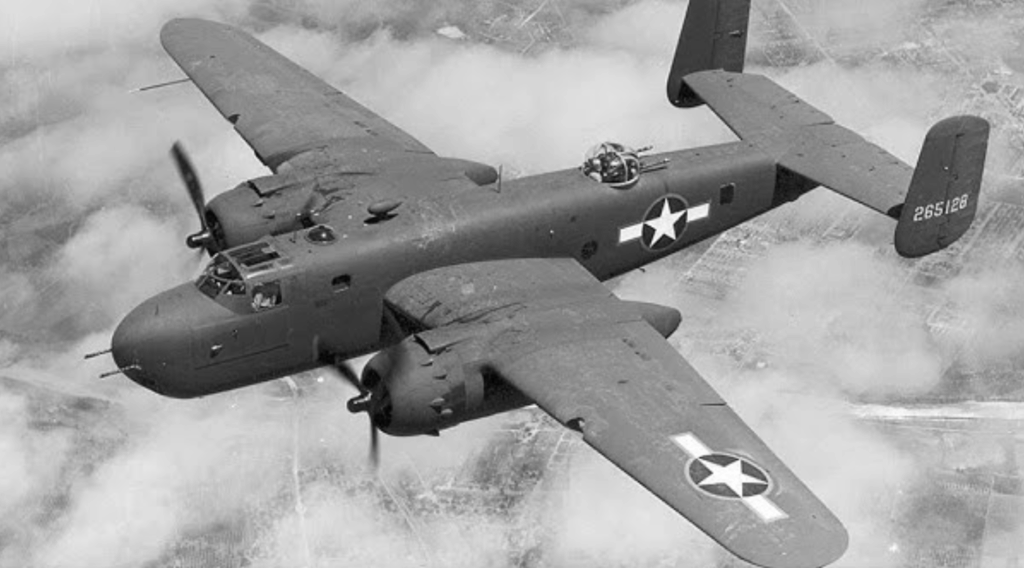
The B-25 as a Predator
By 1944, the once-vulnerable bomber had become one of the most feared low-level attackers in the Pacific. Its firepower rivaled that of multiple fighters, and its crews grew skilled at striking ships, airfields, and fortified positions. The concept spread beyond New Guinea to other air forces across the Pacific, proving that a medium bomber could be adapted into a predator of the skies.













